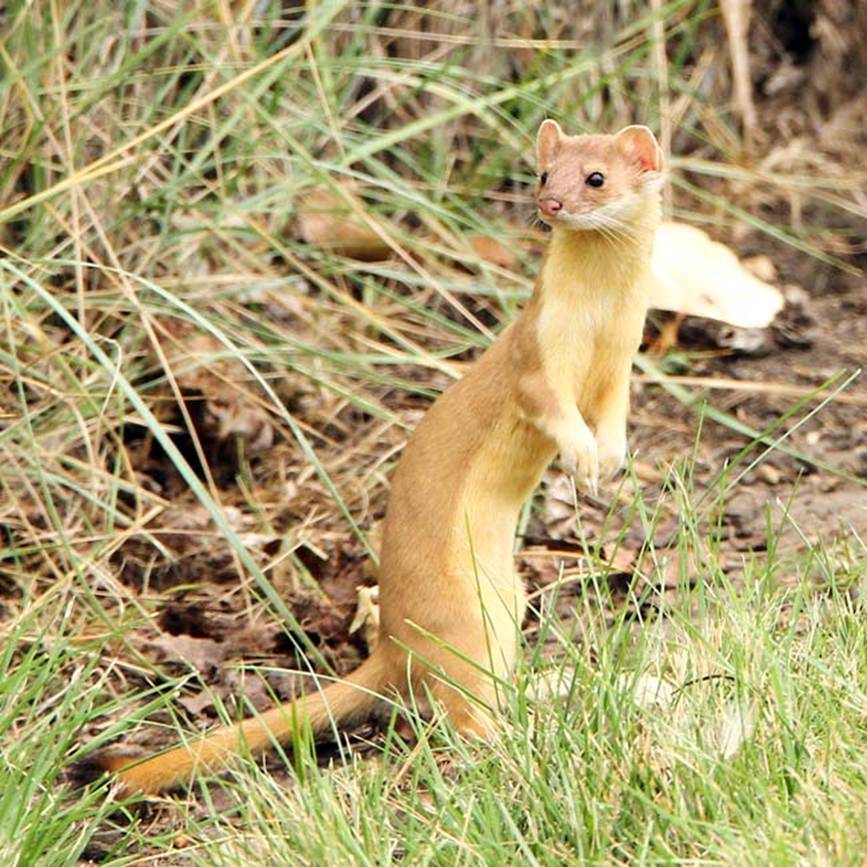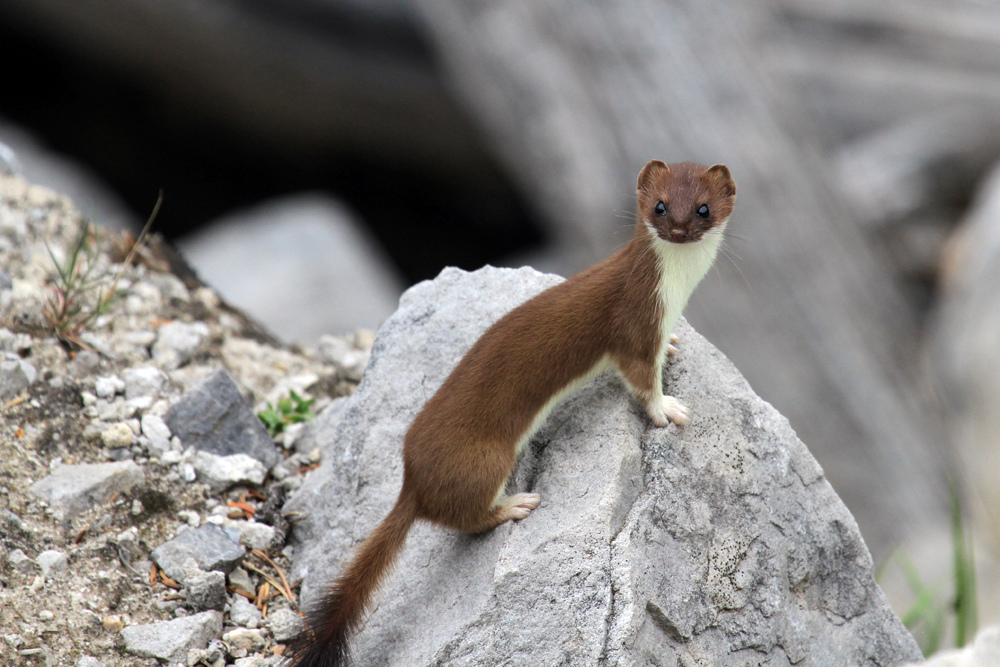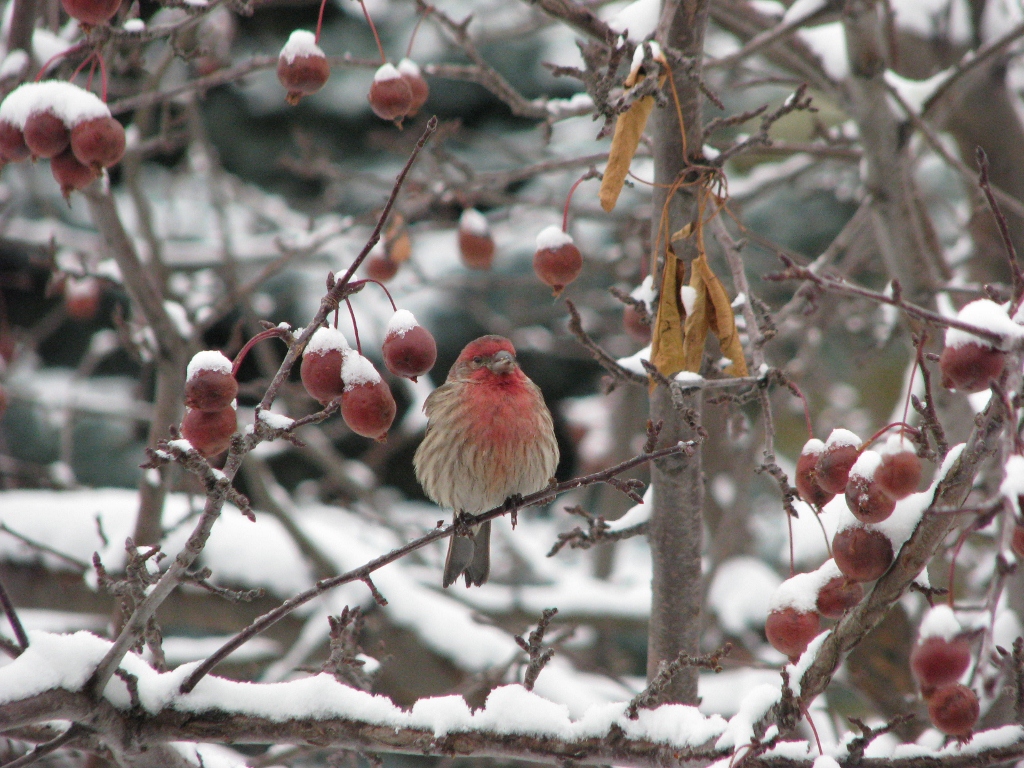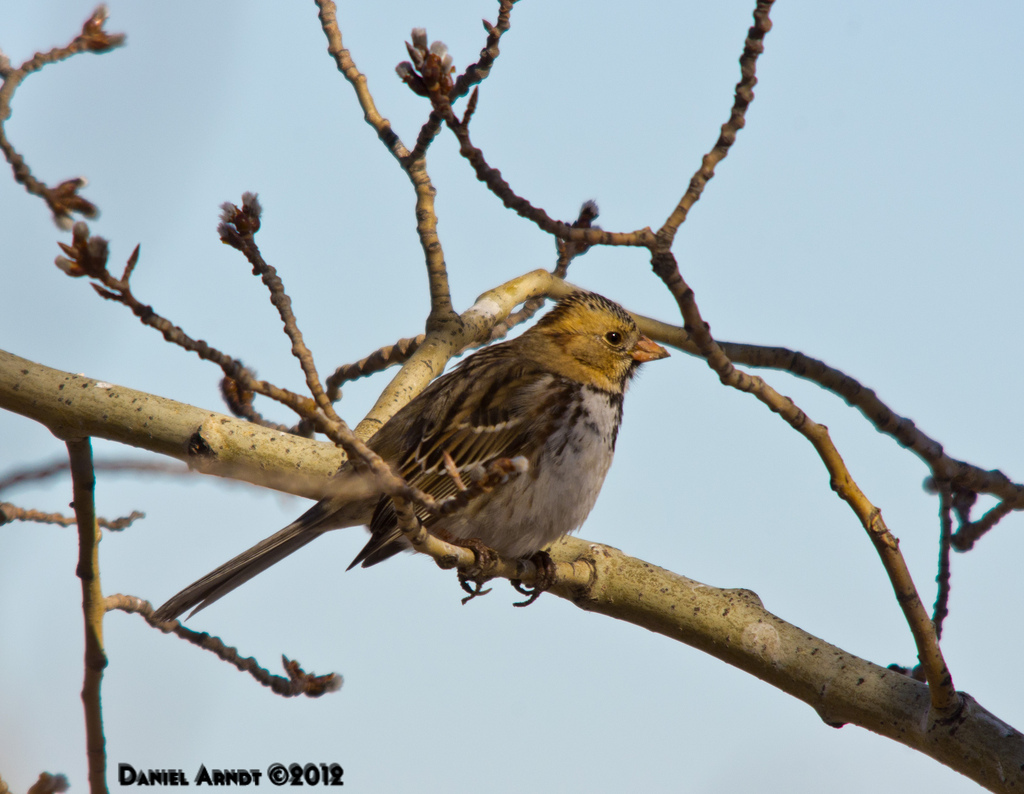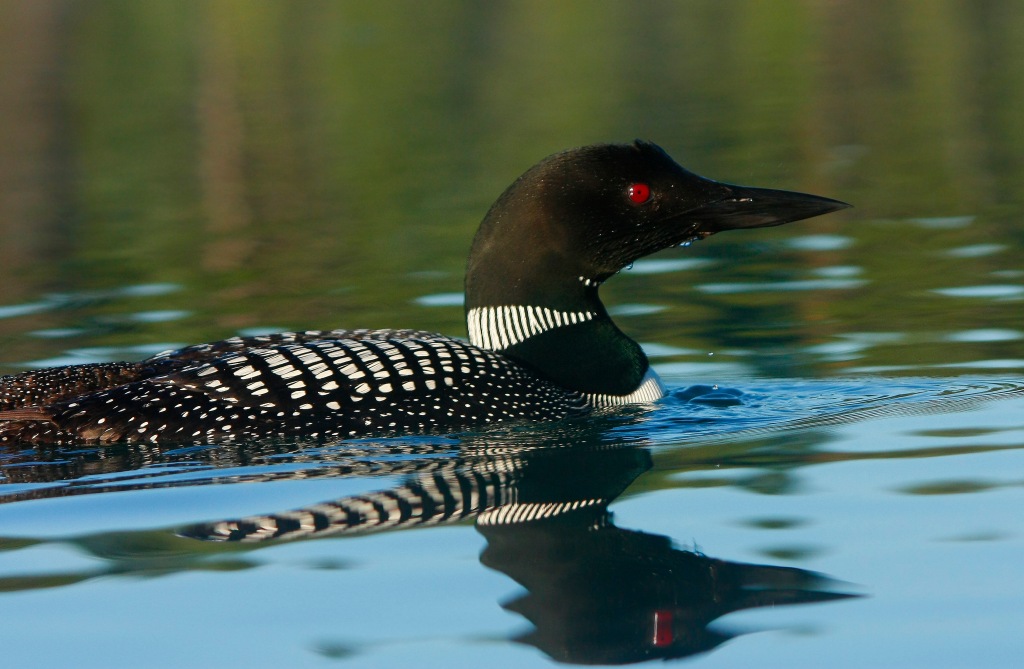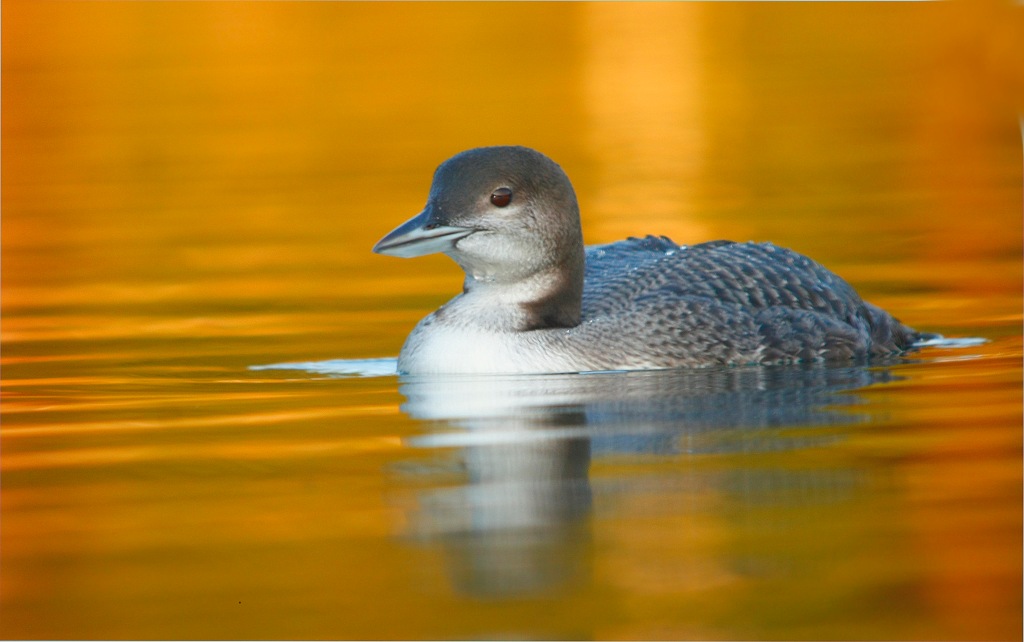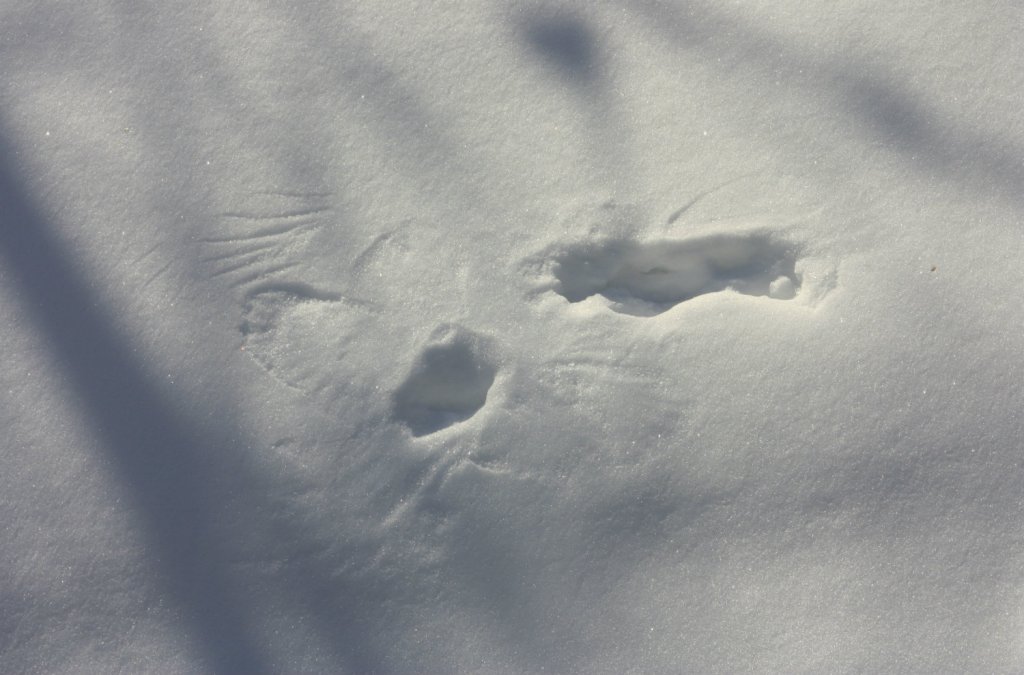As always there are many Christmas Bird Counts coming up in the Calgary Region (and throughout North America). There are lots of dates and locations to choose from, so get out and participate in as many as you can. This citizen science project is in its 113th year!
Sat Dec 15: Banff/Canmore. Contact Mike McIvor, mdmcivor(at)shaw.ca 403-762-4160.
Sun Dec 16: City of Calgary. Contact Phil Cram, crampj(at)telusplanet.net 403-228-4142. To count birds at your feeders in your yard, contact Jean Moore, jmmoore(at)ucalgary.ca 403-282-4162.
Tue Dec 18: High River. Contact Greg Wagner, greg.wagner(at)athene.ca 403-601-3893.
Sat Dec 22: Horseshoe Canyon. Contact Mike Harrison, tringa(at)telus.net 403-236-4700.
Sat Dec 22: Pincher Creek. Contact Sam Miller, sammiller(at)telus.net 403-627-3275. Offering free overnight accommodation if needed.
Thu Dec 27: Town of Cochrane. Contact Frank Hennessey, frankhennessey(at)gmail.com 403-932-4986.
Fri Dec 28: Cochrane Wildlife Res. Contact Jamey Podlubny, svisser(at)ucalgary.ca 403-288-0658.
Sat Dec. 29: Sheep River/Turner Valley. Contact Doug Collister, collistr(at)gmail.com 403-540-4573.
Sun Dec 30: Nanton. Contact Mike Truch, mike_truch(at)shaw.ca 403-829-6986.
Mon Dec 31: Snake’s Head, Sundre. Contact Doug Collister, collistr(at)gmail.com 403-540-4573.
Fri Jan 04: Dinosaur Prov. Park. Contact Yousif Attia, ysattia(at)gmail.com 403-585-1125.
Sat Jan 05: BowKan (Exshaw). Contact Cliff Hansen, cehansen(at)telusplanet.net 403-673-2422.
Counts are all day but you may quit early. Everyone, regardless of skill level is invited to participate. Compilers ask that you register your intention to participate as soon as possible to facilitate planning, and to avoid going out when count is postponed due to weather, etc.
In addition, there is the half-day Fish Creek Park count, which is not an official Christmas Count but is in its 20th year:
2013. Tue Jan 1, 9am; 20th Fish Creek Prov. Park Bird Count (morning only). Contact Jim Washbrook, jwashbrook(at)prairiesky.ab.ca 403-613-9216.














